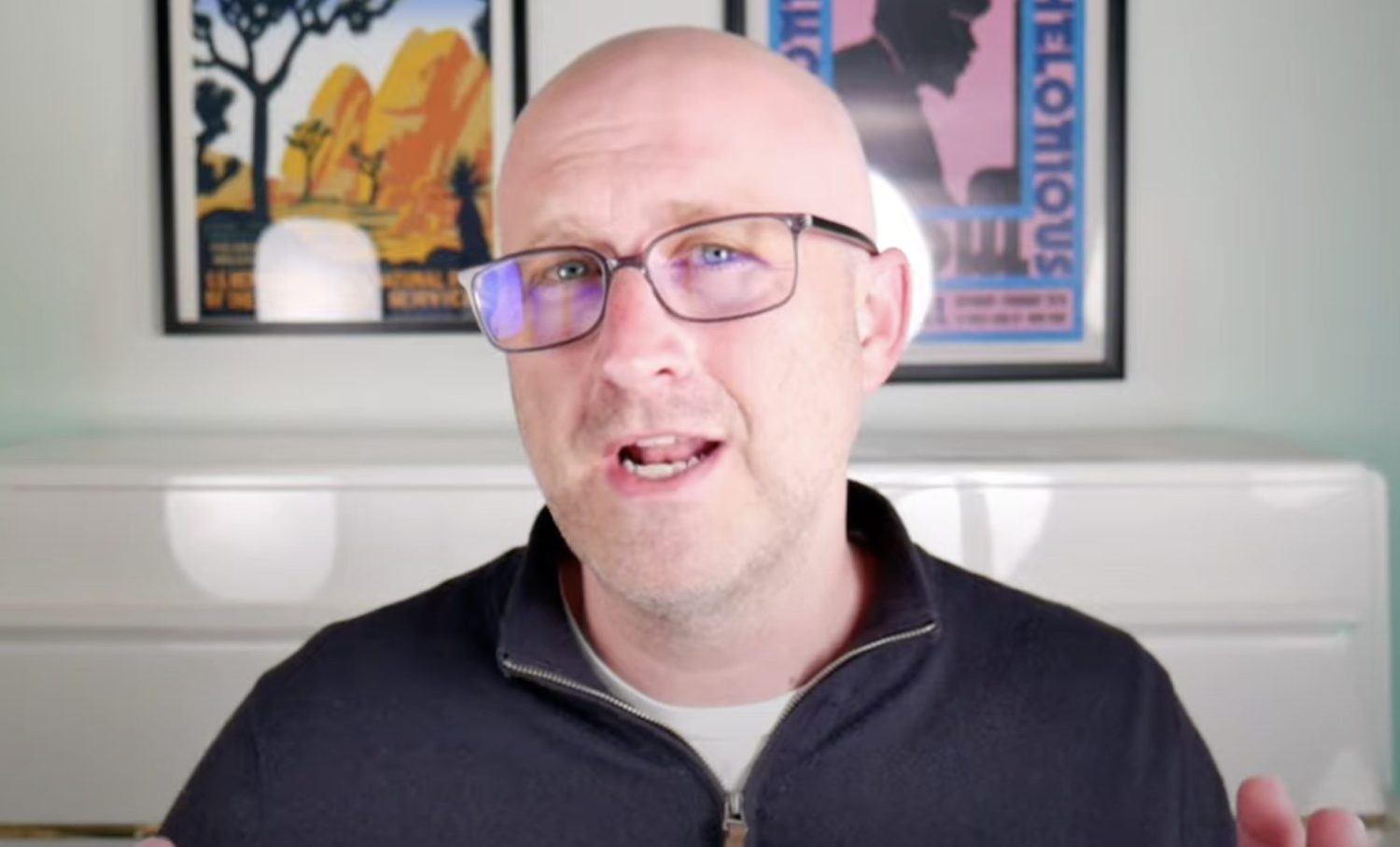New approaches to content creation are always emerging, challenging traditional SEO methods and generating substantial income through an innovative use of AI and video content. This strategy, created by SEO expert, Julian Goldie, has proven to generate over $26,000 in a single month, with traffic increasing from 500 to 25,100 visitors within 30 days. After watching Julians tutorial and explanation into how he transformed Youtube content into $10,000 monthly income, these are my takeaways.
The Power of Youtube Content
Traditional SEO methods focusing solely on blog content are becoming less effective each day. A case study done by Julian showed a new website starting from zero demonstrated this shift. While the site generated 535 clicks in its first month through traditional blogging, a parallel YouTube channel achieved 25,000 views in the same timeframe.
Video content has several advantages over traditional blog posts:
- Higher ranking potential on Google search results
- No requirement for backlinks
- Faster indexing and ranking
- Better engagement and trust from viewers
The 10-Minute Content Creation Method
The process involves creating video content first, then repurposing it for other platforms. This method requires minimal equipment – just a $20 microphone and screen recording software. No face-on-camera presence is necessary, making it accessible to anyone.
A video that generated 118,000 views was created using basic equipment and AI assistance, proving that high production value isn’t necessary for success.
Monetization Strategy
The income generation process works through multiple channels:
- Direct product sales through video content
- Affiliate link promotion
- YouTube ad revenue
- Repurposed content on various platforms
Content Creation Process
The method follows a systematic approach:
1. Keyword Research and Hook Creation: Use AI to generate compelling hooks that keep viewers engaged.
2. Video Production: Create 10-minute, action-packed content focusing on unique insights and valuable information.
3. Editing: Use Descript to automatically remove filler words, silence, and optimize audio quality.
4. Thumbnail Creation: Design attention-grabbing thumbnails that drive clicks.
5. Title Optimization: Utilize custom GPT tools to generate high-performing titles.
Converting Video Content to Blog Posts
After creating video content, the transcript serves as a foundation for blog posts. This approach ensures original content with unique insights that AI alone cannot generate. The process involves:
1. Extracting the video transcript
2. Restructuring the content for readability
3. Adding semantic optimization
4. Including proper formatting and internal links
Why This Method Succeeds
This reverse approach works because:
- It creates authentic content that AI cannot replicate
- Generates traffic from day one instead of waiting 6-9 months
- Builds multiple content assets from a single video
- Reduces dependency on traditional SEO algorithms
The success of this method lies in its ability to generate immediate results while building long-term assets. By starting with video content and expanding to other platforms, content creators can build a more resilient online presence that isn’t solely dependent on search engine algorithms.
Frequently Asked Questions
Q: How much investment is needed to start using this content creation method?
The initial investment is minimal. You need a basic microphone (around $20), screen recording software, and a computer. No expensive camera equipment or studio setup is required.
Q: How long does it take to see results with this method?
Results can begin appearing within the first month, as demonstrated by the case study showing growth from 0 to 25,000 views in 30 days.
Q: Do I need to appear on camera to create successful Youtube content?
No, you don’t need to show your face. Screen recordings with voice-over can be just as effective, as proven by videos generating over 100,000 views without face-to-camera content.
Q: Can this method work in any niche?
Yes, this method can be adapted to any niche where valuable information can be shared through video format and then repurposed into written content.
Q: How does this method protect against algorithm changes?
By diversifying content across multiple platforms (YouTube, blog posts, social media) and focusing on creating authentic, value-driven content, this method builds resilience against individual platform algorithm changes.








